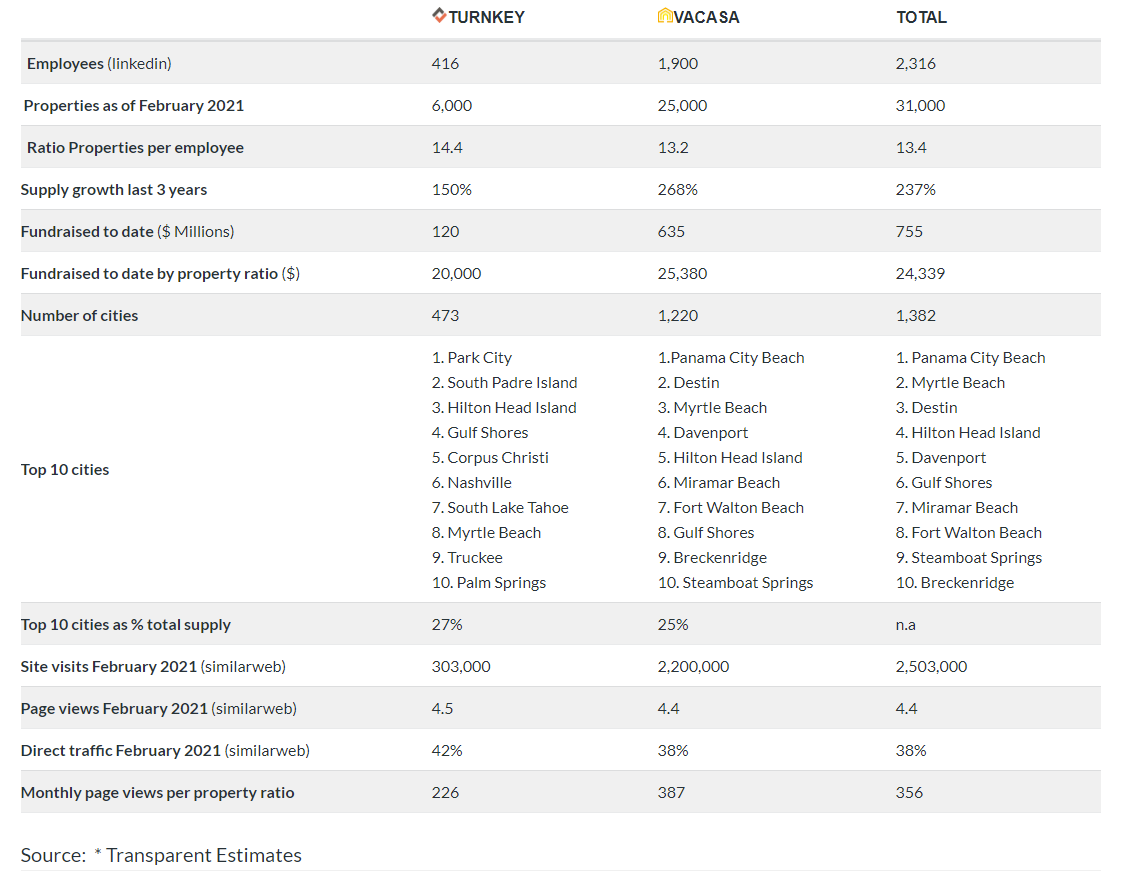
OneSite, a provider of property management software, has been in existence for over twenty years. It works with many vendors, apart from its proprietary systems. Its most popular incarnation is called OneSite Facilities Plus, which is designed by RealPage. For those of you whose apprehension is based on cost, OneSite has a lease management solution that is both affordable and easy to use.
OneSite is a good choice if you are a property manager in the market for a new platform. The company offers many options but the main product OneSite Facilities Plus from RealPage was created specifically for property managers and maintenance professionals. OneSite is known for its many features and benefits. From leasing and tenant screening to maintaining and improving the physical appearance of the property, a OneSite solution can help boost the bottom line.
There are a few major flaws to the software. Although it's easy to create a OneSite account and maintain it, it requires more than simply entering data. The hardest part about the company is the fact that they don't provide support to end users. Users can't expect the same level of service as a sales representative. It is also possible to have issues with the interface. This is not surprising considering how old the software is.
OneSite is a flexible property management solution that offers many advantages over other software providers. OneSite, unlike other property management software providers can be configured to meet all the needs property owners and managers. This applies to all property management operations, large or small. The software comes with a solid warranty and a variety of property management tools.

OneSite offers other useful information. These include the easiest way to manage documents and features that help you keep track of your tenants. You will find a variety of community tools available, including an online directory that allows you to create and manage your community activities. Besides providing a convenient location for storing a multitude of community-centric information, OneSite also allows users to connect with peers and colleagues in real time.
FAQ
What are the top handyman repairs you can do?
Handymen often repair roofs, windows and doors, doors, gutters. Decks, fences and sheds are all common repairs. Handymen are available to help homeowners with home improvements and building projects. They can also assist with plumbing, painting, drywall, landscaping, concrete work as well as tiling and decking.
How often do I need to hire a handyman
It depends on the nature and scope of your project. For instance, if you need a simple fix-it job done, such as installing a light bulb, then you might only need to call one handyman per week. But, if you have a lot to remodel, you may need multiple handymen.
Can a handyman fix my leaky faucets?
Although a handyman may be able to handle minor repairs, he will not have the necessary training to tackle major projects such as wiring a house or installing custom cabinets. A handyman can do minor home improvements, but there are no limitations to his abilities.
What is the hourly rate for a handyman?
A handyman usually charges $50-$75 for an hour. This is a job that most of them have done for years. The average time they spend on any job is around 10 hours. They don't need to advertise; they are well known in the neighborhood.
They are more likely to become specialists and build customer relationships over time.
Their key difference from other contractors is their quickness, reliability, and affordability.
Most people know at least 2-3 of these guys they trust enough to call when they need help.
Some people have their own business.
Is it necessary to train a handyman for my work?
No. Handymen already have the skills and knowledge to complete any job. All they have to do is provide the materials necessary to complete the job.
Which is easier, contracting or being handyman?
Being a handyman requires fewer resources than contracting, as you only need yourself and tools. However, you must be able to manage your own workload and schedule, while contractors typically rely on subcontractors to do most of the work.
What qualifications are necessary to be a handyman
The most important qualification you'll need as a handyman is a patience. Experience with electrical systems, plumbing skills, and home maintenance is a must.
There are many opportunities for people with the right skills, but you may not be qualified if your knowledge isn't up to scratch.
It might be worth looking into schools that specialize in these courses.
Statistics
- With a strong housing market, the handyman and general maintenance worker industry are expected to grow by nearly 10% in the next decade. (housecallpro.com)
- More than 20% of homes in America have outdoor living spaces, including decks and patios. (mrhandyman.com)
- “Before the pandemic, 40% of people asked how we could estimate a job when we weren't there,” Rose recalled. (inquirer.com)
- “Once the pandemic hit, that number fell to about 20%.” (inquirer.com)
- An estimate was that in 2003, the market for home maintenance and repair spending was up 14% 2001 to 2003. (en.wikipedia.org)
External Links
How To
How do I replace a cracked window?
The most common home improvement task is to replace broken windows. The task consists of repairing damage caused to the glass inside your house. Repairs should take about 30 minutes in this situation. The problem is that you might end up with further damage to your home if the glass pane breaks. This article contains some tips to help you replace a damaged window.
Step one: Get rid of the old glass from the frame
To remove the old glass, you must first lift out the screws holding the windowpane in place. The lock located at the top middle of the bottom portion of the window frame must be undone. Next, pull the window up slightly so it's no longer attached to the sill plate (the metal bar below the floor). Use a plier to loosen any remaining screws. After the panes are taken off, thoroughly clean them.
Second step: Clean your new glass
Use a dry cloth or paper towel to wipe away any dirt from the surface of the glass. To remove any dirt or other debris from the glass' surface, spray it with water and rub alcohol.
Step 3: Install the new glass
Reattach the window panels to the frames. Start by pushing down on the lower edge of the outermost pane with the tip of a screwdriver. Gently push down on the lower edge of the outermost pane with the tip of a screwdriver. After moving to the next one, push it firmly against your previous one before you reattach it. Continue inserting the windows until they are all assembled. Use a silicone caulk gun to seal the space where the panes meet.
Fourth step: Repair the damage
When installing the new glass, inspect the area around the hole to determine whether any additional repairs are needed. If the break occurred near the corner of the window, install two small pieces of wood along each side of the hole. These wooden blocks will add strength to the window while also acting as spacers to keep the glass in place during the expansion and contraction of the weatherproofing material.
The fifth step is to seal the area.
After the glass has had to be replaced, apply silicone caulking at the perimeter edges. This will create a strong seal between glass and surrounding wallboard. You can purchase silicone caulking at hardware stores or online. You should choose a color to match the wall paint.
Allow the caulking time to dry overnight. Do not disturb the caulking until it has hardened completely. You may crack the caulking by not waiting long enough.